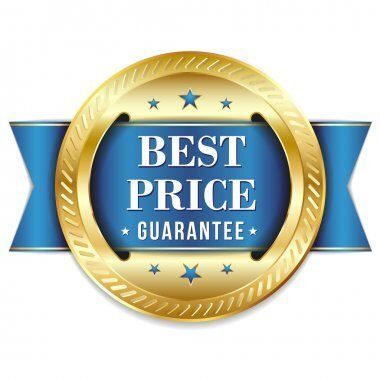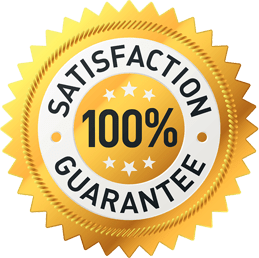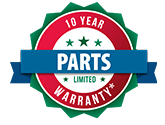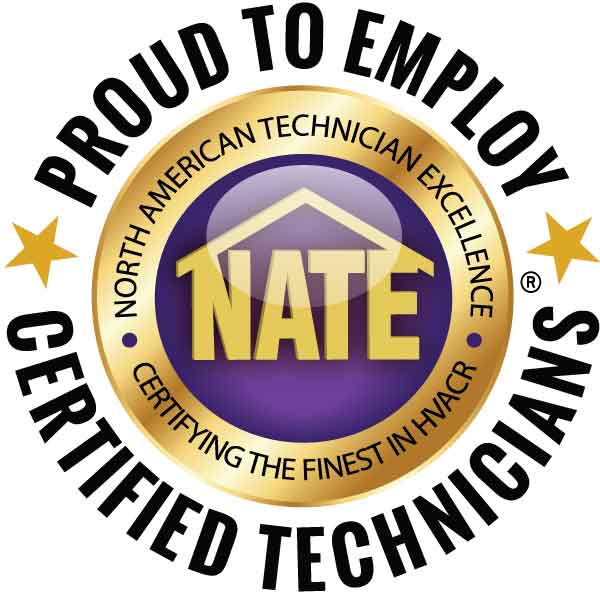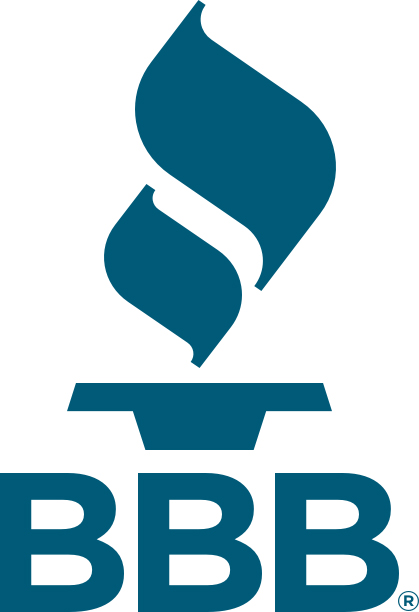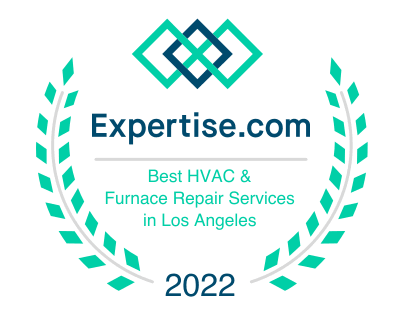
As the A2L Federal Refrigerant Mandate rolls out, businesses must begin preparing for the transition to A2L refrigerants, which will soon become standard in commercial HVAC systems. Whether you own a small business or manage a large commercial facility, understanding the mandate’s implications is essential to ensuring compliance and avoiding unexpected costs.
In this post, we’ll explore the practical steps businesses need to take to comply with the mandate, including HVAC system upgrades, technician training, and cost considerations. This is the sixth post in our series on the A2L Federal Refrigerant Mandate. If you’re new to the series, we recommend starting with How the A2L Mandate Impacts Homeowners for a homeowner’s perspective before diving into the specifics for businesses.
Why the A2L Mandate Matters for Businesses
The A2L mandate affects businesses in a number of ways, particularly those that operate commercial HVAC systems. The transition to A2L refrigerants, which are low-GWP but mildly flammable, requires new safety protocols, equipment upgrades, and technician training. These changes are necessary to align with federal regulations aimed at reducing the environmental impact of HVAC systems, but they also represent a significant shift in how businesses must approach HVAC system maintenance and upgrades.
Key impacts for businesses include:
- Upgrading existing HVAC systems to accommodate A2L refrigerants.
- Ensuring technician compliance with updated training and safety standards.
- Evaluating costs for equipment upgrades, retrofits, and potential disruptions to operations.
Step 1: Assessing Your Current HVAC Systems
Before making any decisions, it’s important to assess your business’s current HVAC systems to determine whether they are compatible with A2L refrigerants. Many older systems that use high-GWP refrigerants like R-410A or R-134a will likely need to be replaced or retrofitted to comply with the mandate.
Key Points to Consider:
- System Age and Efficiency: If your HVAC system is nearing the end of its useful life (10-15 years), it may make sense to plan for a full replacement with an A2L-compatible system. For newer systems, retrofitting might be possible, but it requires a thorough evaluation by a certified technician.
- A2L Compatibility: A2L refrigerants have specific characteristics, including mild flammability, that require special considerations in terms of equipment design and safety features. Older systems may not be able to handle these refrigerants safely without major modifications.
- Energy Efficiency Gains: Upgrading to an A2L-compatible HVAC system can provide additional benefits in terms of energy efficiency. Many newer systems are designed to work more efficiently with A2L refrigerants, which can result in lower long-term energy costs for your business.
Step 2: Upgrading or Retrofitting Commercial HVAC Systems
If your current system isn’t compatible with A2L refrigerants, you’ll need to decide whether to upgrade to a new system or retrofit your existing equipment. Both options come with advantages and challenges, and the right choice will depend on your business’s specific needs and budget.
1. Full System Replacement
Upgrading to a new A2L-compatible HVAC system is often the best option for businesses with older systems. While this requires a larger upfront investment, it ensures full compliance with the mandate and allows you to take advantage of the latest energy-efficient technologies.
Advantages:
- Long-term compliance: A new system will meet all current and future refrigerant regulations, ensuring that you won’t need to make additional changes later.
- Energy savings: Newer HVAC systems are often more energy-efficient, reducing operating costs over time.
- Lower maintenance: New systems are less likely to require frequent repairs or servicing.
Challenges:
- Higher upfront cost: The cost of replacing an entire HVAC system can be significant, particularly for large commercial facilities.
- Downtime: Replacing an HVAC system can lead to temporary disruptions in business operations, so it’s important to plan the installation carefully.
2. Retrofitting Existing Systems
Retrofitting involves modifying your current system to make it compatible with A2L refrigerants. This can be a cost-effective option for newer systems that are still in good working condition.
Advantages:
- Lower cost: Retrofitting is generally less expensive than replacing the entire system, as it involves updating components rather than installing a new system.
- Minimized disruptions: Retrofitting typically requires less downtime than a full system replacement, reducing the impact on business operations.
Challenges:
- Limited lifespan extension: Retrofitting an older system may extend its useful life, but it won’t offer the same long-term benefits as a new system.
- Potential safety upgrades: Retrofitting may still require safety upgrades, such as improved ventilation and fire suppression, to accommodate the mildly flammable nature of A2L refrigerants.
Step 3: Training and Certification for HVAC Technicians
One of the most critical elements of preparing for the A2L mandate is ensuring that the HVAC technicians servicing your business are properly trained and certified to handle A2L refrigerants. Because these refrigerants are mildly flammable, special handling procedures and safety protocols are required.
Why Technician Training Matters:
- Safety concerns: A2L refrigerants pose unique safety risks due to their flammability. Technicians must be trained in proper handling, storage, and installation practices to minimize these risks.
- Regulatory compliance: Federal regulations require that HVAC technicians working with A2L refrigerants have the appropriate certification. Hiring certified professionals is essential for ensuring compliance with the A2L mandate.
Certification Programs:
Several organizations offer certification programs for HVAC technicians, specifically focused on the safe handling and installation of A2L refrigerants:
- NATE (North American Technician Excellence): NATE certification now includes modules on A2L refrigerants and safety protocols.
- EPA Section 608: The Environmental Protection Agency (EPA) requires that all technicians handling refrigerants pass a Section 608 certification exam, which has been updated to include A2L refrigerants.
- Manufacturer-Specific Training: Many HVAC manufacturers provide specialized training programs for technicians who work with their A2L-compatible systems.
Step 4: Cost Considerations for Businesses
The transition to A2L refrigerants comes with cost implications, but businesses can mitigate these costs by taking advantage of available financial incentives and long-term savings opportunities.
Initial Costs:
- Equipment: Whether you’re upgrading to a new system or retrofitting your existing one, there will be upfront costs associated with ensuring your HVAC system complies with the A2L mandate.
- Installation: Labor costs for installing new systems or retrofitting existing ones can vary depending on the size of the facility and the complexity of the work required.
- Safety Upgrades: In some cases, additional safety features, such as enhanced ventilation or fire suppression systems, may be required.
Long-Term Savings:
- Energy Efficiency: A2L-compatible systems are generally more energy-efficient, which can lead to lower utility bills over time. These savings can help offset the initial costs of upgrading or retrofitting your system.
- Lower Maintenance: New systems often require less maintenance and fewer repairs, reducing ongoing maintenance costs.
Step 5: Financial Incentives for Businesses
To help businesses manage the cost of transitioning to A2L refrigerants, a range of financial incentives and rebates are available.
Federal Tax Incentives:
The federal government offers tax incentives for businesses that invest in energy-efficient HVAC systems. These incentives are designed to encourage businesses to adopt environmentally friendly technologies and can help offset the cost of upgrading or retrofitting your system.
Utility Rebates:
Many utility companies offer rebates for businesses that install energy-efficient HVAC systems. These rebates can vary by region and utility provider, so it’s important to research what’s available in your area.
Manufacturer Discounts:
Some HVAC manufacturers offer promotions or extended warranties for businesses that upgrade to their A2L-compatible systems. These offers can further reduce the upfront cost of transitioning to A2L refrigerants.
Conclusion
The A2L Federal Refrigerant Mandate presents both challenges and opportunities for businesses. While there are costs associated with upgrading or retrofitting HVAC systems, the long-term benefits of energy savings, regulatory compliance, and improved system efficiency make the transition worthwhile. By preparing now—assessing your systems, training your technicians, and taking advantage of financial incentives—you can ensure a smooth and cost-effective transition to A2L refrigerants.
In our next post, Cost Considerations and Financial Incentives for Transitioning to A2L Refrigerants, we’ll dive deeper into the financial side of the A2L mandate and explore how businesses and homeowners can minimize costs and maximize savings during the transition.
Call to Action:
Is your business ready for the A2L mandate? Start preparing now by scheduling an HVAC system assessment and exploring the financial incentives available to you. Stay tuned for our next post, where we’ll break down the cost considerations and incentives for transitioning to A2L refrigerants.
Contact SoCal Climate Control Heating and Air Conditioning
For personalized advice or assistance with any HVAC needs, reach out to SoCal Climate Control Heating and Air Conditioning at (833) 202-0763. We’re here to ensure your system is running smoothly and effectively, providing comfort for years to come.





